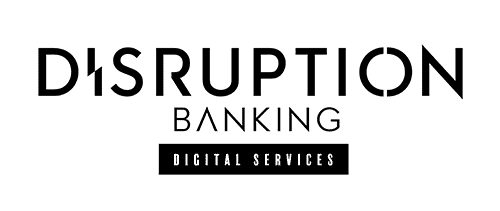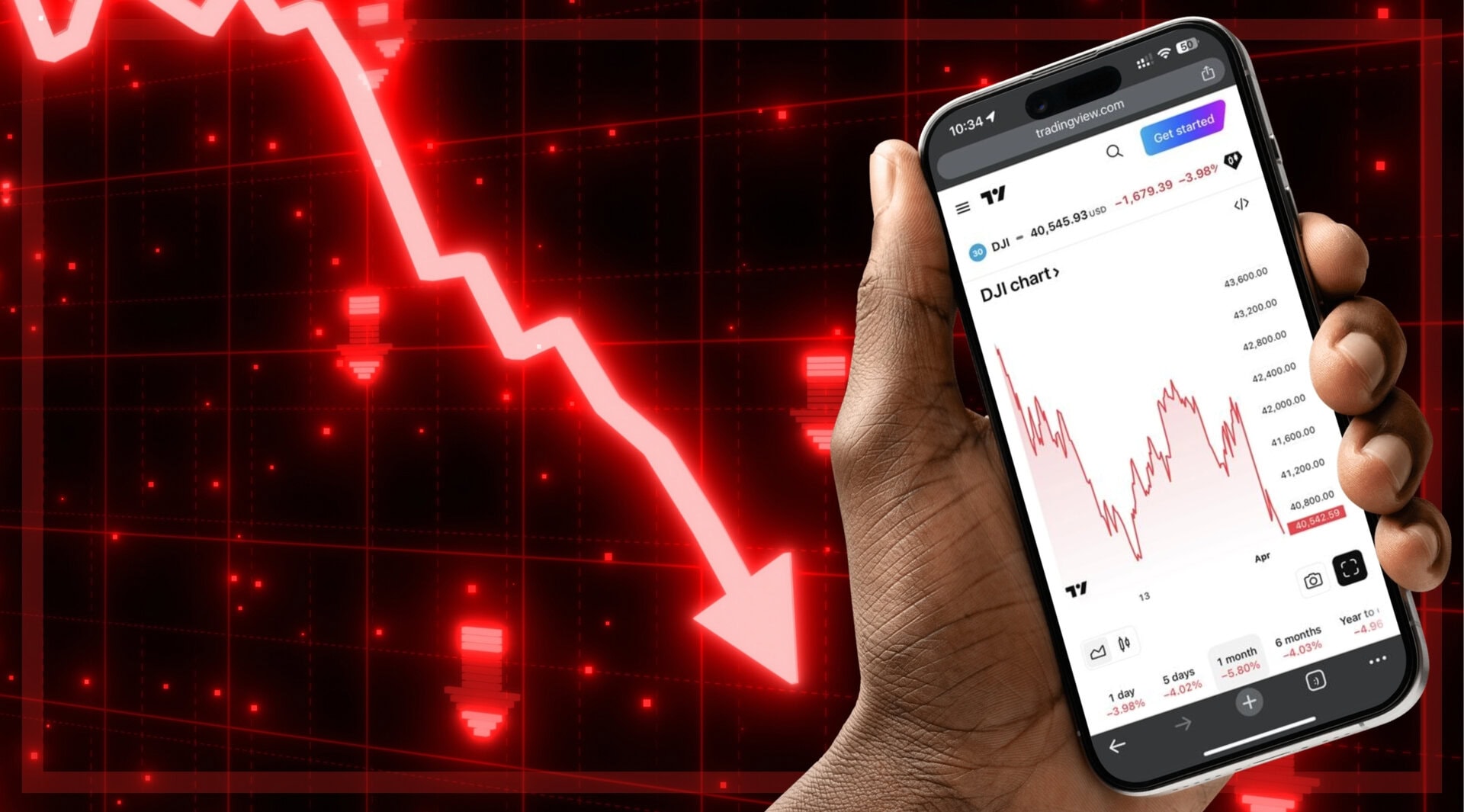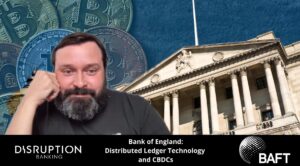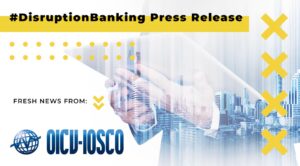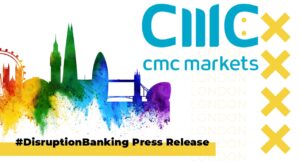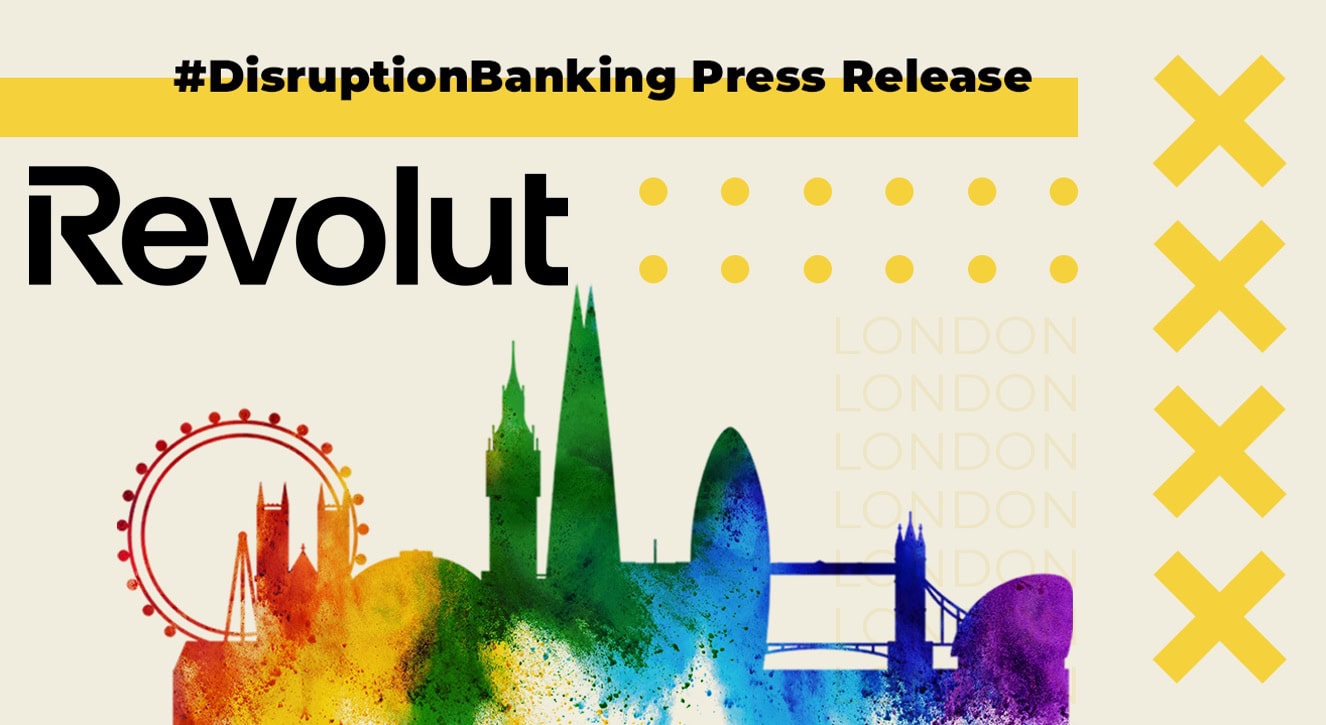Public blockchain platform Cardano’s (ticker ADA) popularity has grown rapidly recently, despite the current crypto climate. Crypto tracker Whalstats tweeted this week: “Cardano is back on top 10 purchased tokens among 100 biggest #BSC whales in the last 24hrs.” Cardano also saw a 400% increase in wallet addresses and is currently the ninth largest coin by market cap. Cardano founder Charles Hoskinson is aiming for the platform to be completely self-sustaining and decentralised even from his own blockchain infrastructure research and engineering company, IOHK. Commenting on the FTX bankruptcy, Hoskinson said “crypto did not fail. People did.” Is he going to prove this with Cardano?
JUST IN: $ADA @CardanoStiftung is back on top 10 purchased tokens among 100 biggest #BSC whales in the last 24hrs 🐳
— WhaleStats – the top 1000 BSC richlist (@WhaleStatsBSC) November 14, 2022
We've also got $SOL, $DOGE, $CEEK, $vBUSD & $USDZ on the list 👀
Whale leaderboard: https://t.co/0SYnjwi8I0#ADA #whalestats #babywhale #BBW pic.twitter.com/hja91sJ1xZ
Cardano’s mission
Cardano website states it is designed to be a flexible, sustainable blockchain platform to allow the development of decentralised finance apps, crypto games, and more. The goal of Cardano is to be the most environmentally stable platform available, through using a proof-of-stake consensus mechanism called Ouroboros. Proof of stake, unlike proof of work, does not require miners and therefore less processing power is used. Arguably Ethereum, which after the Merge is predicted to reduce its energy costs by 99.5%, is now par with Cardano. However, Cardano has been coined the Green Blockchain for the fact that environmental sustainability has been built into the infrastructure and is a core value of the company.
In addition, Cardano is building upon errors and gaps prevalent in the first two generations of cryptocurrencies. Co-founder and ex-general manager of Ethereum, Hoskinson explains why the current frameworks can’t sustain growth: “Ethereum can’t scale to millions of users and doesn’t really have a good developer experience and has a bad governance experience,” adding, “at some point funding is required to build out an ecosystem.”
Hoskinson explains that the third generation focuses on three topics: scalability, interoperability, and sustainability. Cardano’s vision is to inherit the best features from generation one and two whilst adding extra features and enhancements. To do this Cardano is built on two main principles. The first is peer review: meaning it is backed by scientific papers, its ideas are shown at conferences, and shared with universities and academics to get feedback. Cardano has a page on their website just for their peer-reviewed documents. Research and Development company Input Output have shared their review of Cardano’s work publicly on Twitter. The company’s biography states they are “using the peer-to-peer innovations of blockchain to build accessible financial services for all.”
The #Cardano blockchain has been built on peer-reviewed research, a scientific methodology & engineering best practice.
— Input Output (@InputOutputHK) August 5, 2022
We recently published a series of articles looking at some of the foundational research from IOG that has helped to build #Cardano.
🧵 1/n
The second is High Assurance, which means they deploy the same techniques used in manufacturing big machinery to the engineering and development of the blockchain platform.
Cardano website states: “Cardano does not rely on technical foundations taken from Bitcoin or other cryptocurrency systems. Instead, IOHK works with world-leading academics on fundamental research, most of which is subject to academic peer review, with papers presented at top-tier international conferences.”
Its mission is classified into five phases: Byron (foundation), Shelly (decentralisation), Goguen (smart contracts), Basho (scaling), and Voltaire (governance), all focusing on different layers to build a rigid infrastructure.
The final stage (notably of interest in today’s crypto climate) focuses on governance, where a democratic system is put into place. The Cardano website states: “with the introduction of a voting and treasury system, network participants will be able to use their stake and voting rights to influence the future development of the network.” To fund this system and to separate it from IOHKS management, Cardano plans to add a “treasury system, whereby a fraction of all transaction fees will be pooled to provide funds for development activities undertaken following the voting process” to reach the goal of complete self- sustaining decentralisation.
It appears Cardano’s focus is on Corporate Social Responsibility (CSR), which may be the reason for its increase in wallet registrations. There is a demand for more corporate care and responsibility due to the influx of corrupt leaders in the space. However, crypto supporters continue to pioneer for DeFi and Cardanos’ focus on building CSR into its infrastructure may build trust back up. The Cardano community is growing rapidly with speculations that Cardano may be in close competition to Dogecoin in reaching $1 first. Hoskinson’s goal that it will be completely self-sustainable, separate from IOHK suggests that Cardano is going to be different from previous platforms like FTX. However, it may take considerable time to get to this level.
Hoskinson vs the XRP community
Hoskinson, like many crypto founders, is digitally active through regular tweeting, uploading videos to his YouTube channel, and hypothesising on Crypto’s future. However, being digitally active can prompt rifts. In a recent interview Hoskinson commented that regulatory scrutiny into the crypto space may increase: “There’s a very high possibility that the fallout of this will be new legislation, hopefully, decent legislation, but there’s a strong possibility that it won’t be.”
His views on legislation have put him under interrogation by some crypto communities. This month Hoskinson has been making headlines for his recent “beef” with Ripple and the XRP community. Hoskinson critiqued the lack of regulatory clarity in a YouTube video after the Securities and Exchange Commission (SEC) filed a lawsuit against Ripple. It alleged the company had engaged in the unlawful offer and sale of securities in exchange for cash and other consideration worth over $1.38 billion.
Hoskinson’s comment led to an onslaught of criticism from the XRP community, with accusations that Hoskinson is working with SEC and that Cardano may be a scheme with SEC to bring down competitors like Ripple. Hoskison is privy to criticism due to his previous position in Ethereum as co-founder and general manager, which was also investigated by the SEC but the case was dropped. Adding fuel, Ripple CTO David Schwartz retorted back to Hoskinson via tweet, after Hoskinson engaged in a twitter dispute with XRP fans, that Ethereum got a free pass with the SEC. However, these disputes are conspiracy theories and not backed by evidence.
I literally spoke before congress this year. I've engaged with regulators extensively. What doesn't help is making an entire community believe that Joe Lubin bribed the SEC to go after Ripple. This madness damages any hope of a healthy relationship
— Charles Hoskinson (@IOHK_Charles) November 14, 2022
Do you really believe that the Ethereum free pass has zero material impact on the Ripple litigation? The SEC could have adopted the position that XRP and ETH are both securitires. The SEC could have adopted the position that neither XRP nor ETH are securities. 1/2
— David "JoelKatz" Schwartz (@JoelKatz) November 14, 2022
Is Cardano the next big thing?
Cardano’s popularity is growing rapidly. The company is pioneering for environmental sustainability and aims to provide what other blockchains lack. Built on academic research with a focus on CSR, Hoskinson and co want to redefine decentralisation and prove it can work, especially after FTX and other platforms insolvency. It looks like Cardano is on the way to competing with Ethereum and its care for its buyers and sellers may be what accelerates its progress.
Author: Bronwen Latham
